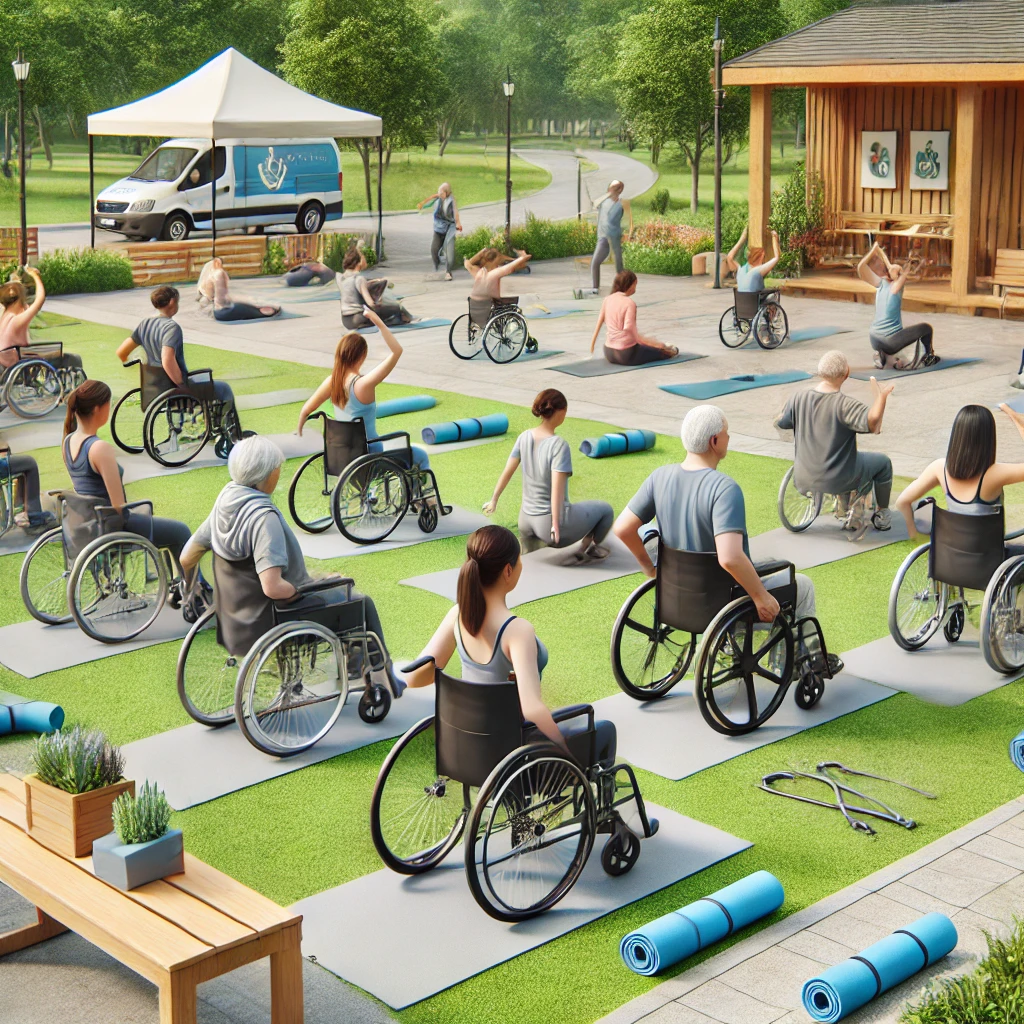
The Americans with Disabilities Act (ADA) has been a groundbreaking piece of legislation since its inception in 1990, aimed at eliminating discrimination against individuals with disabilities. Title II of ADA specifically mandates that all public services must be accessible to people with disabilities, including recreational programs. This fundamental shift in policy has enabled millions of Americans to enjoy and participate in community activities, regardless of their physical or mental challenges. Title II obliges local, state, and federal agencies to make their programs, services, and activities accessible. The beauty of ADA lies in its wide-reaching and open-ended nature, obliging institutions to continually improve their level of service. However, this benefit of flexibility also comes with the challenge of diligent enforcement and persistent education. This article delves into how local governments are adapting recreational programs to meet ADA Title II requirements. The aim is to explore the myriad ways in which inclusivity is achieved while addressing the ongoing challenges and best practices worth emulating. Understanding ADA Title II and its application to recreational programs is crucial for everyone: from government officials and physical educators to participants and their families. It helps demystify the law, offering a roadmap toward a more inclusive and equitable recreational experience for all community members. What is ADA Title II?
Title II of the Americans with Disabilities Act requires that all state and local governments make their programs, services, and activities accessible to individuals with disabilities. This encompasses everything from voting and education to recreational activities. Under Title II, no qualified individual with a disability shall, by reason of such disability, be excluded from participation in or be denied the benefits of the services, programs, or activities of a public entity. This comprehensive directive ensures that no public space or service leaves behind any member of the community. Specific to recreational programs, Title II requires that public entities provide equal opportunity to participate in and benefit from these programs. This can involve modifying equipment, adjusting policies, or even constructing new facilities. These adaptations ensure that everyone, regardless of physical or mental limitations, can engage fully in community life. Local governments must also coordinate with other public and private entities to maximize the effectiveness of their recreational programs. This necessitates proper training for staff, widespread public education campaigns, and continuous upgrades to facilities and services. Strategies for Inclusive Recreational Programs
There are numerous strategies that can make recreational programs more inclusive. Here are some approaches that have proven successful: Facility Modifications:
Ensuring that recreational facilities are accessible is the first and most crucial step. This means installing ramps, widening doorways, and providing accessible restrooms and changing rooms. Some recreation centers have even installed pool lifts to allow individuals with mobility challenges to enjoy swimming. Adaptive Equipment:
Many sports and activities can be made more inclusive by incorporating adaptive equipment. For example, adaptive ski equipment and modified bicycles can allow people with diverse abilities to participate in these activities. Inclusive Program Design:
Designing programs that cater to all abilities can play a key role. Yoga classes that include modifications for various physical abilities, or art classes where materials are accessible to everyone, are great examples of inclusive program design. Training for Staff:
Staff members should be adequately trained to understand the needs of participants with disabilities. This includes emergency response training, understanding different types of disabilities, and learning how to use adaptive equipment. By implementing these strategies, recreational programs can be made more accessible and enjoyable for everyone involved.
Challenges and Barriers to Inclusion
While the benefits of inclusivity are numerous, achieving these goals is not without its challenges. Funding:
Securing the necessary funding to make required modifications is often a significant hurdle. Adaptive equipment and facility modifications can be costly, and many local governments struggle to allocate appropriate resources. Public Awareness:
Another challenge is the lack of public awareness and understanding. Many people still don’t fully understand the importance of making recreational programs accessible, leading to resistance against changes or misallocation of resources. Staff Training:
Proper training for staff is crucial but can be time-consuming and expensive. It often requires comprehensive training sessions and continuous education, which might not always be feasible for smaller municipalities. Infrastructure Limitations:
Older buildings and facilities are often not designed with accessibility in mind. Retrofitting these structures to meet ADA standards can be particularly challenging and expensive. Despite these challenges, efforts must continue in order to ensure that everyone can equally benefit from recreational programs.
Case Studies of Success
Numerous municipalities have successfully implemented the principles of ADA Title II within their recreational programs. Here are some inspiring case studies: San Francisco, California:
The San Francisco Recreation and Park Department has been a leader in inclusive recreational programs. They offer adaptive programs in a variety of sports, including tennis, sailing, and basketball, ensuring everyone has the chance to participate. Austin, Texas: